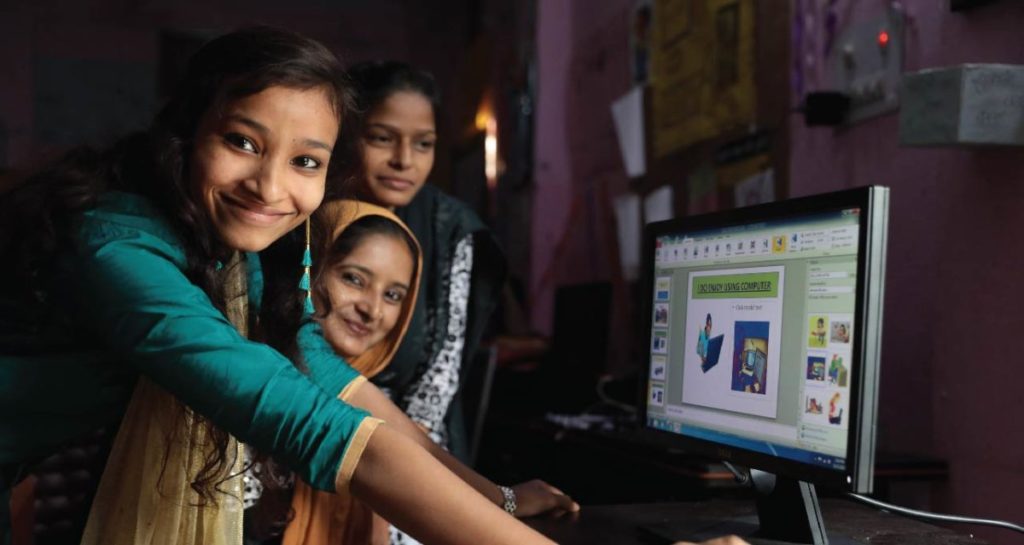
This article by Professor Mustafizur Rahman, Distinguished Fellow, CPD and Mr Towfiqul Islam Khan, Senior Research Fellow, CPD, published by the Southern Voice, looks at the state of the Sustainable Development Goals (SDGs) implementation in Asia. It analyses the resulting challenges and lessons to be drawn from cross-country experiences towards achieving the 2030 Agenda in this particular region.
The Asia-Pacific region accounts for about 60% of the earth’s population. So it is no wonder that the achievement of the SDGs on a global level critically depends on achieving the 2030 Agenda goals and targets in this particular region. How can this be done?
Analysing SDGs in Asia
For Southern Voice’s “State of the SDGs”-initiative, we at Centre for Policy Dialogue (CPD)- Bangladesh, looked at the process, prospects and challenges of SDG implementation in Asia. The study attempts to capture the salient features concerning SDG implementation in the Asian region with a view to:
- tracing progress
- identifying challenges
- learning from cross-country experiences
- and examining initiatives at regional and sub-regional levels towards raising the efficacy of SDG implementation in Asia
Localising the SDGs implementation
Various countries of the region have widely recognised the importance of vesting responsibilities at the local levels to decentralise SDG implementation. Several of them are involving local government institutions. A few states have already estimated their resource requirements and have also identified possible funding sources for implementing SDGs until 2030.
While strategising the implementation process, only a few South Asian countries have started mainstreaming SDGs into existing or new frameworks (e.g. Afghanistan, Bangladesh and Bhutan). Indonesia and Thailand, from Southeast Asia, have also completed the mainstreaming process. However, only two Southeast Asian countries have a complete roadmap or action plan for implementing and monitoring SDGs at national the level (e.g. Malaysia and Thailand). Bhutan is the only country from South Asia with a plan to prepare an SDG implementation roadmap.
On a positive note, all the countries in these two sub-regions are in the process of establishing national level SDG implementation monitoring and review mechanisms. On-going SDG implementation processes show that Southeast Asian countries are completing both the mainstreaming and the operationalisation of SDG implementation at the national level. In contrast, most South Asian countries have only initiated this work.
Progress and challenges
Progress in terms of SDGs has varied across regions (e.g. South Asia and East Asia) and countries, with wide variations in goals and targets. Collectively, Asia and the Pacific, may not attain any of the 17 SDGs by 2030, although the region is on-track with 22 SDG indicators (out of 232).
The overwhelming majority of Asian countries have taken concrete steps to establish national institutional setups and frameworks to implement the SDGs. These are meant to help institutionalise SDG implementation, inter-government agency coordination, policy alignment, priority setting and road map design. Also, there has been a considerable effort across countries to involve stakeholders in the implementation process. Many states have taken a ‘whole of society’ approach. As part of this, non-state actors have been included in the formal institutional framework of SDG implementation.
Challenges have to do, for example, with mobilising capital and implementing the SDGs in a more inclusive manner. Attaining the SDGs will critically hinge on mobilising the necessary funds. This is proving to be difficult and is more pronounced for the relatively low-income South Asia region. Attaining the “leave no one behind” aspirations call for more targeted actions and measures. What is needed is the correct identification of local priorities, engaging local stakeholders and addressing specific needs of marginalised groups.
Finally, Asia is lagging in terms of addressing the challenges of the anticipated data revolution. In the case of many SDG indicators, there is a significant lack of quality and up-to-date data. Data for progress assessment is available for only about one-third of the targets (50 out of 169 targets). Trends can be analysed for only half of the indicators. Data availability across countries is highly uneven.
Learning from each other
Our study shows there is significant scope for both cross sub-regional and cross-country learning. Experiences vary across sub-regions and countries, but there are knowledge transfer opportunities at both levels.
When it comes to making the 2030 Agenda succeed in Asia, we find it essential to strengthen SDGs localisation. But also funds mobilisation through innovative tools is vital. And the generation of needed data and information to monitor progress continuously is paramount.
About the SVSS initiative
Southern Voice’s State of the SDGs initiative provides evidence-based analysis and recommendations to improve the delivery of the Sustainable Development Goals (SDGs). As a collaborative initiative, the program compiles a broad range of perspectives that are usually missing from international debates. This report aims to fill an existing knowledge gap. Southern Voice is confident that it will enrich the discussions on the SDGs and level the playing field with new voices from the Global South.
Click here to find the article



